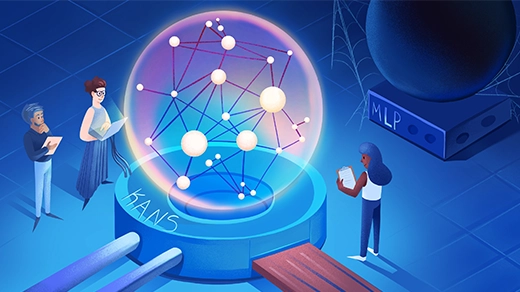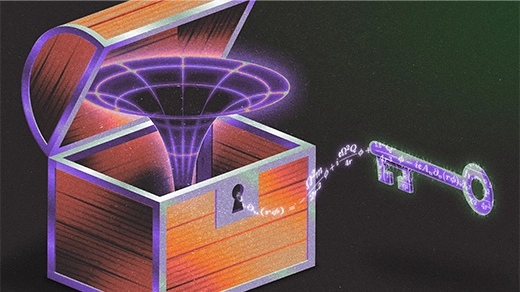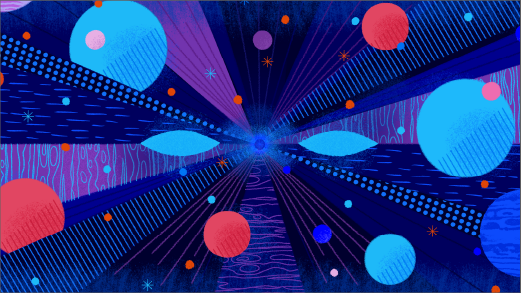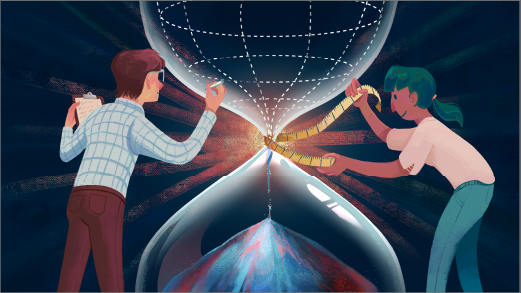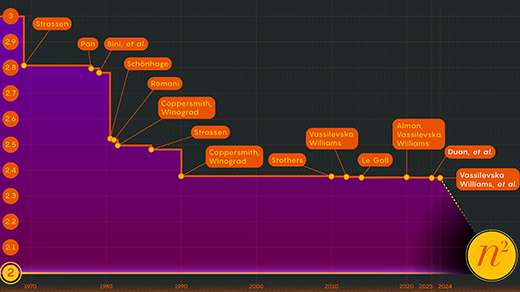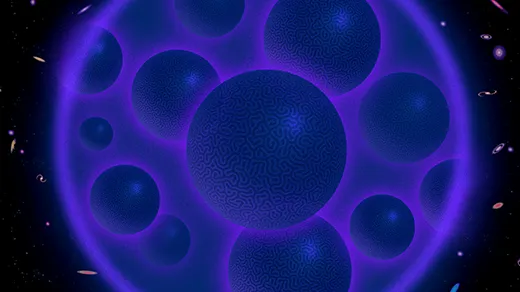Latest Articles
Novel Architecture Makes Neural Networks More Understandable
By tapping into a decades-old mathematical principle, researchers are hoping that Kolmogorov-Arnold networks will facilitate scientific discovery.
Mathematicians Prove Hawking Wrong About the Most Extreme Black Holes
For decades, extremal black holes were considered mathematically impossible. A new proof reveals otherwise.
Diminishing Dark Energy May Evade the ‘Swampland’ of Impossible Universes
The largest-ever 3D map of the cosmos hints that the dark energy that’s fueling the universe’s expansion may be weakening. One community of theoretical physicists expected as much.
Mathematicians Attempt to Glimpse Past the Big Bang
By studying the geometry of model space-times, researchers offer alternative views of the universe’s first moments.
Computer Scientists Invent an Efficient New Way to Count
By making use of randomness, a team has created a simple algorithm for estimating large numbers of distinct objects in a stream of data.
Game Theory Can Make AI More Correct and Efficient
Researchers are drawing on ideas from game theory to improve large language models and make them more consistent.
New Breakthrough Brings Matrix Multiplication Closer to Ideal
By eliminating a hidden inefficiency, computer scientists have come up with a new way to multiply large matrices that’s faster than ever.
Scientists Find Optimal Balance of Data Storage and Time
Seventy years after the invention of a data structure called a hash table, theoreticians have found the most efficient possible configuration for it.
In a ‘Dark Dimension,’ Physicists Search for the Universe’s Missing Matter
An idea derived from string theory suggests that dark matter is hiding in a (relatively) large extra dimension. The theory makes testable predictions that physicists are investigating now.

